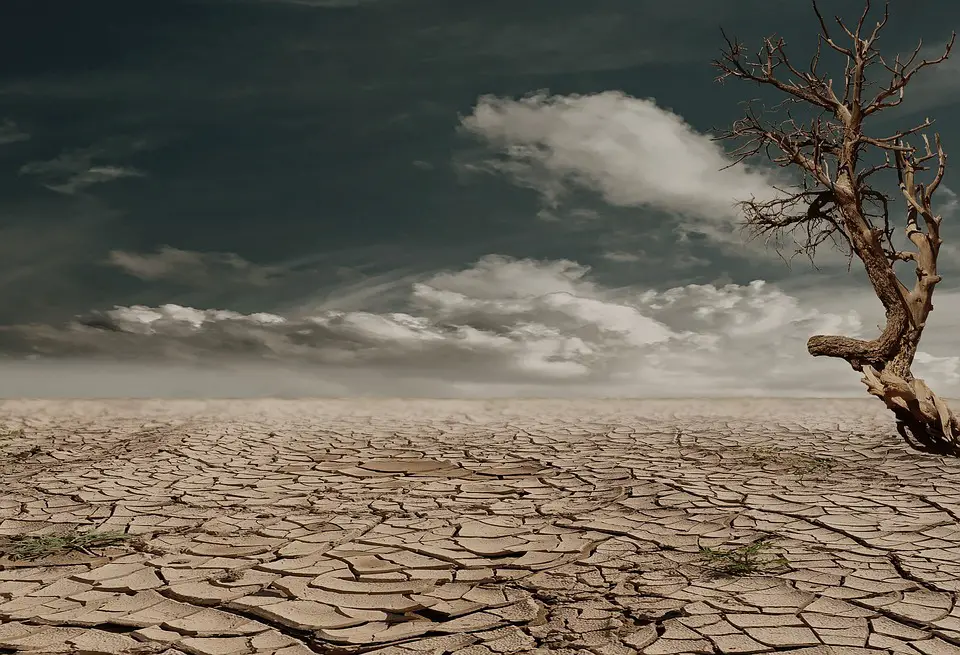Introduction
Having healthy soil is the foundation of any successful garden. By understanding the secrets of soil care, you can create optimal growing conditions for your plants and ensure a flourishing garden. This article will provide you with essential tips to unlock those secrets and maintain healthy soil for your garden.
The Basics of Soil Care
The first step to healthy soil is understanding its composition. Soil is made up of three primary components: sand, silt, and clay. The ideal composition for most plants is a balance between these three components, known as loam. Loamy soil is well-draining, while still retaining enough moisture for plant roots to access.
To determine your soil type, you can perform a simple test. Take a handful of moist soil and squeeze it between your fingers. Sandy soil will feel gritty, while clay soil will feel sticky. Loamy soil should feel soft and crumbly.
Once you know your soil type, you can take steps to improve it. For sandy soil, adding organic matter such as compost or well-rotted manure can help increase water retention. For clay soil, adding sand or organic matter can enhance drainage.
Fertilization and Nutrient Balance
Proper fertilization is crucial for healthy plants. Nutrients, such as nitrogen, phosphorus, and potassium, are essential for plant growth. Testing your soil for nutrient deficiencies can help you determine the appropriate fertilizer to use.
A balanced fertilizer will contain all three major nutrients as well as trace elements. Organic fertilizers, such as compost or fish emulsion, can also supply nutrients while improving overall soil health.
It’s important to note that over-fertilization can be harmful to plants and the environment. Follow the recommended application rates and consider using slow-release fertilizers for a controlled release of nutrients over time.
Maintaining Soil Moisture
Proper soil moisture is critical for plant health. Too much water can cause root rot while too little can lead to drought stress. The key is to strike the right balance.
To determine when to water, check the soil moisture level. Stick your finger about an inch into the soil. If it feels dry, it’s time to water. If it’s damp, hold off on watering. Deep watering is preferable, as it encourages plants to develop deep root systems.
To conserve moisture, consider adding a layer of organic mulch around your plants. Mulch helps to retain soil moisture, suppress weeds, and regulate soil temperature. Organic mulch options include wood chips, straw, or shredded leaves. Apply a layer about 2-3 inches deep, being careful not to pile it against the stems or trunks of plants.
FAQs
Q: How often should I fertilize my garden?
A: The frequency of fertilization depends on the specific needs of your plants and the type of fertilizer you’re using. In general, most gardens benefit from fertilization 2-4 times a year; however, always follow the instructions on the fertilizer packaging for best results.
Q: Is it necessary to test my soil before planting?
A: Testing your soil can provide valuable insight into its nutrient composition and pH levels. This information can guide you in making appropriate amendments to ensure optimal growing conditions for your plants. If you’re facing issues with plant growth or suspect deficiencies, soil testing is highly recommended.
Q: Can I use chemical fertilizers instead of organic ones?
A: Both chemical and organic fertilizers have their pros and cons. Chemical fertilizers are usually more concentrated and provide a quick nutrient fix, whereas organic fertilizers are slower-release and contribute to long-term soil health. Ultimately, the choice depends on personal preference and gardening philosophy.




